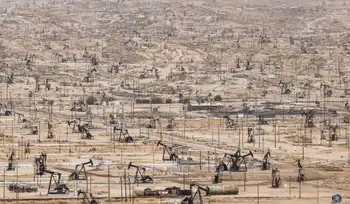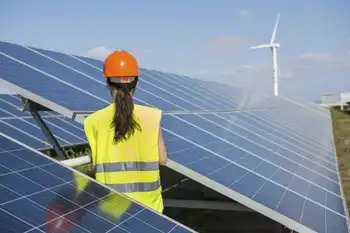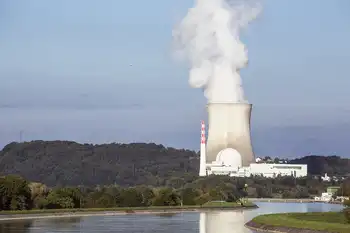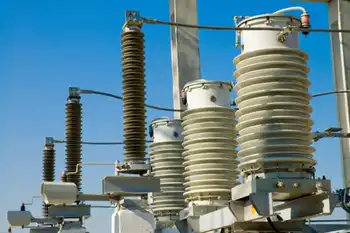- Darlington's 4 reactors idled for safety checks
All four units of the Darlington nuclear generating station have been taken out of service for several weeks as the plant undergoes required safety checks.
Darlington's four reactors combined churn out about 3,500 megawatts of power, or enough to supply 15 per cent of the province's needs on a day of high demand. Darlington is owned and operated by the provincial government's Ontario Power Generation Inc., or OPG.
In addition to Darlington's shutdown, one of the four units at each of the Bruce B and Pickering B nuclear stations were out of service Sunday.
Safety checks are normally scheduled for spring or fall, when demand for power is at its lowest because of moderate temperatures. The tests under way at Darlington are required every six to 10 years by the Canadian Nuclear Safety Commission.
Taking the station out of service was planned in conjunction with the Independent Electricity Market Operator, or IMO, OPG spokesperson John Earl said.
On the plus side, one unit of the Pickering A nuclear station was running at 75 to 80 per cent capacity Sunday, according to the IMO, which reports on generator outages after a 24-hour delay.
OPG is trying to return Pickering A's four units to service; they were mothballed in 1997.
Related News

How Should California Wind Down Its Fossil Fuel Industry?
LOS ANGELES - California’s energy past is on a collision course with its future. Think of major oil-producing U.S. states, and Texas, Alaska or North Dakota probably come to mind. Although its position relative to other states has been falling for 20 years, California remains the seventh-largest oil-producing state, with 162 million barrels of crude coming up in 2018, translating to tax revenue and jobs.
At the same time, California leads the nation in solar rooftops and electric vehicles on the road by a wide margin and ranking fifth in installed wind capacity. Clean energy is the state’s future. By law,…




